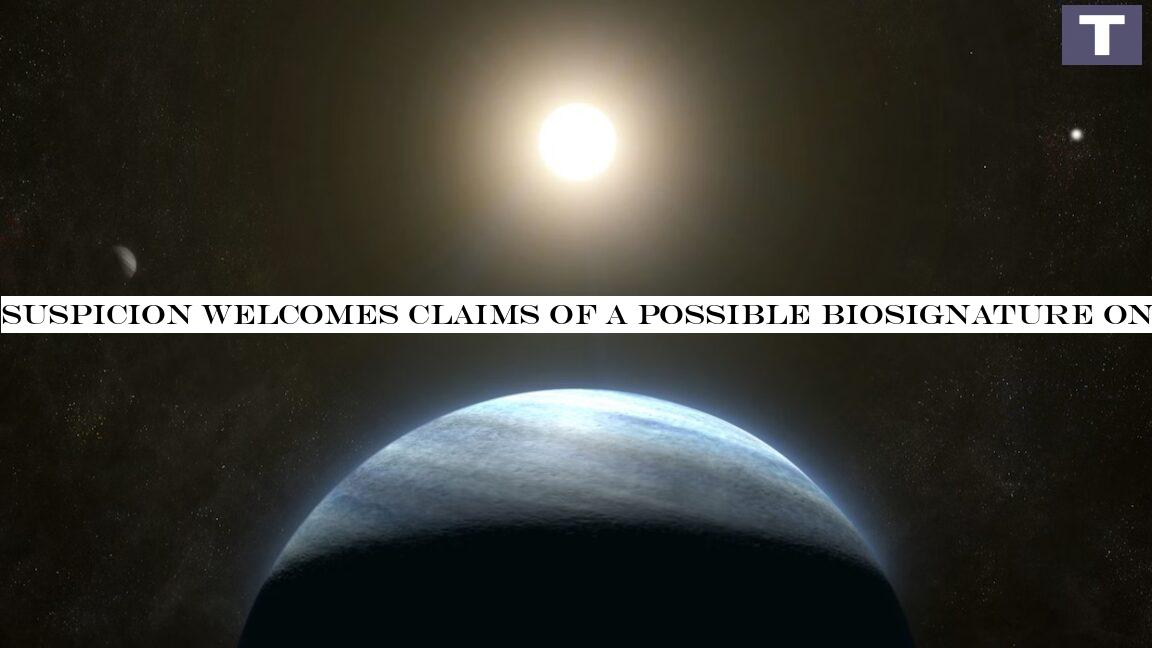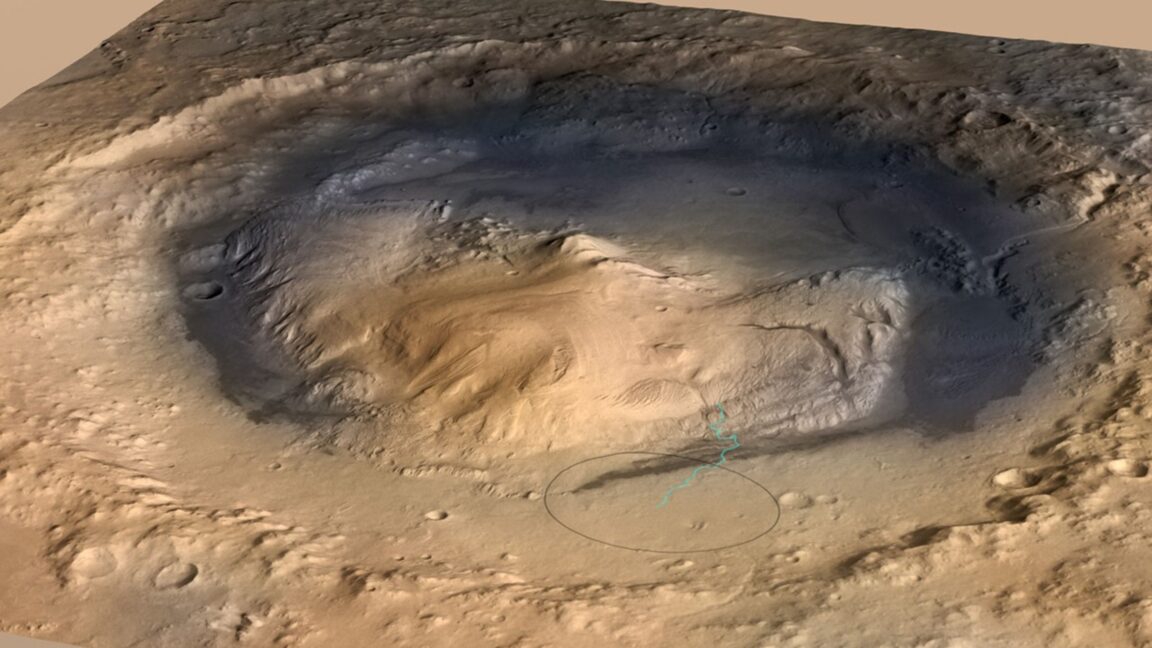
The new paper follows up on a tantalizing hint raised by earlier work: the possible presence of a chemical called dimethyl sulfide.
It uses an instrument on the James Webb Space Telescope (JWST) to image K2-18b as it passes in front of its host star.
A small portion of the light that reaches Earth does so after having passed through the planet's atmosphere, allowing the chemicals present there to leave a mark on the spectrum of that light.The research team used two different methods of constructing a spectrum from the JWST data, and the results are in good agreement.
They then searched for a combination of molecules that could produce a similar spectrum, starting with a list of 20.
They found two: dimethyl sulfide and dimethyl disulfide (we can't tell the difference between the two, given the existing data).On Earth, the only processes that naturally produce this chemical take place inside cells, and it had previously been suggested to be a biosignature.
So, the researchers propose it may be a biosignature here, although they acknowledge that the statistical significance of its signal, currently at three sigma, falls short of declaring a clear discovery.
Still, that would qualify it as, in the words of a University of Cambridge press release, the "strongest hints yet of biological activity."So why are many astronomers unconvinced? To be compelling, a biosignature from an exoplanet has to clear several hurdles that can be broken down into three key questions:Is the planet what we think it is?Is the signal real?Are there other ways to produce that signal?At present, none of those questions can be answered with a definitive yes.The first question is whether we're actually looking at a hycean world.
As the researchers acknowledge in their paper, the presence of an ocean on K2-18b depends very strongly on its weather: "A cloud-/haze-free atmosphere would render the surface too hot to be habitable and/or have water in a supercritical state." And, as they later acknowledge, the data obtained from the JWST shows no signs of clouds.
That doesn't mean they're not there, but it certainly doesn't help the case.

 14
14


















